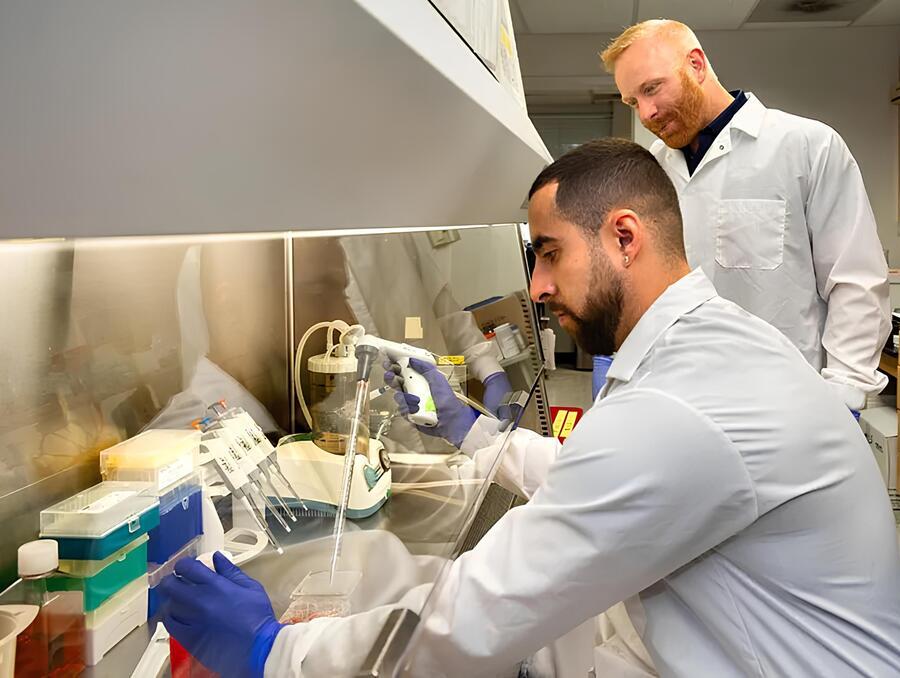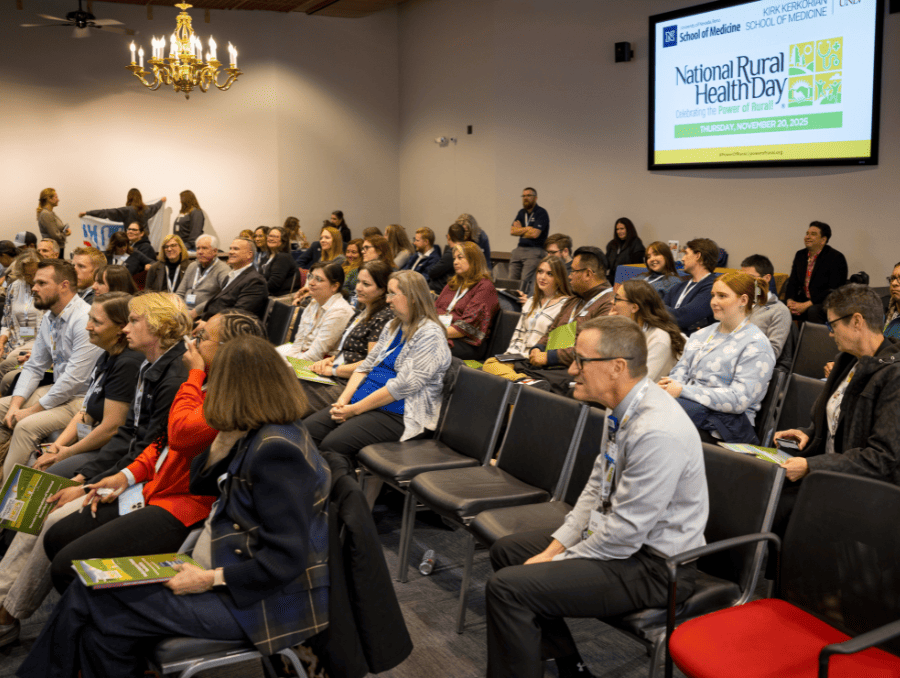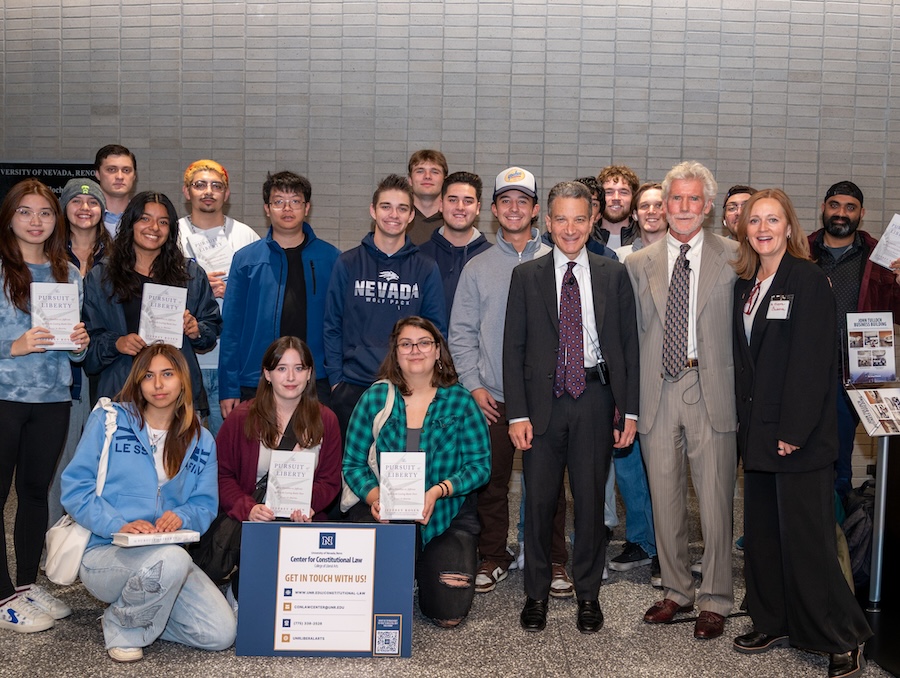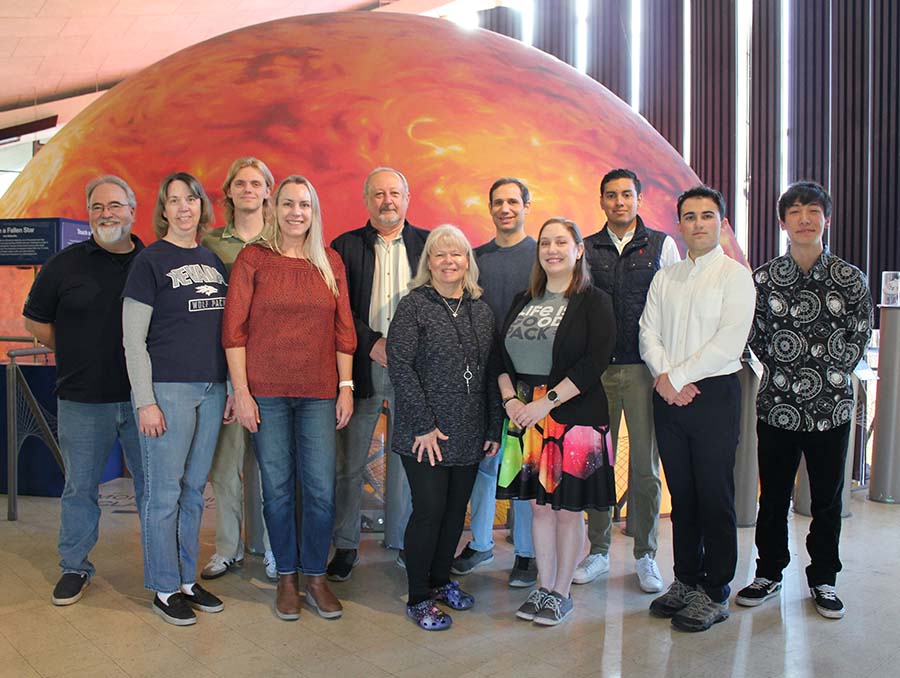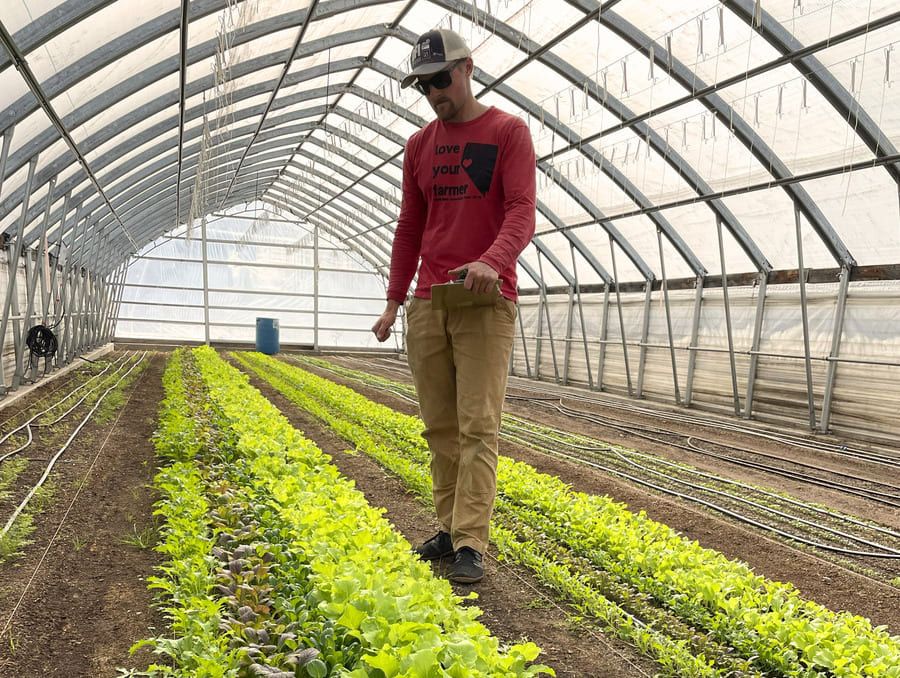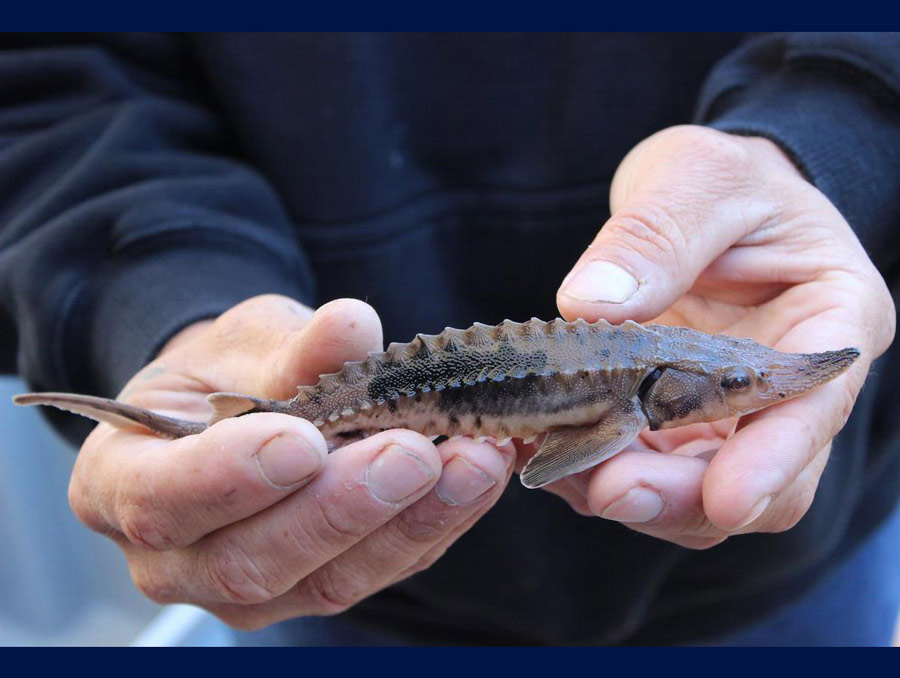For centuries, nature has been humanity’s primary source of protein. But today, alongside fields, farms and seas, laboratories are joining the list, an innovation that is likely to reshape the future of food.
By combining traditional fermentation and modern biotechnology, scientists are using genetically modified yeast that acts like tiny factories to produce lab-based proteins similar to those found in milk. A growing number of food startups now use these proteins in products such as dairy-free ice cream and plant-based burgers, often promoted as “identical to” or “one-to-one replacements” for dairy proteins.
However, a recent study led by researchers at the University of Nevada, Reno raises questions about how similar they really are. Led by Matthew Bolino, a doctoral candidate in biochemistry and Steven Frese, an assistant professor in the Department of Nutrition at the University’s College of Agriculture, Biotechnology & Natural Resources, the research found key differences between lab-made whey protein and the kind that comes from cows.
The study showed that while both versions share a core protein component, the synthetic one had fewer types of protein and different sugar structures, known as N-glycans, which may affect how the proteins interact with gut bacteria.
“Functionally, they behave like whey and taste like whey,” said Frese, who also conducts research as part of the University’s Experiment Station. “But at the molecular level, they are decorated differently, and those decorations, called post-translational modifications, appear to influence how our gut microbes respond.
The analysis found that both proteins were mostly made up of β-lactoglobulin, the main protein in cow’s milk whey. But the cow-derived version also included a wider variety of proteins, such as α-lactalbumin, albumin and casein. In contrast, the yeast-derived whey was nearly 98% β-lactoglobulin, with very little diversity. When tested in a lab “mini-gut,” cow’s milk whey supported a more diverse mix of gut bacteria, while the yeast-derived version led to lower microbial diversity.
“Lower diversity isn’t necessarily bad,” Frese said. “But what matters is that we now know these proteins are not identical in how they interact with our biology. That is a conversation the food and nutrition industry needs to have.”
The findings were published June 26 in Microbiology Spectrum, a journal of the American Society for Microbiology. The research team included scientists from the University of Nevada, Reno, as well as from Çanakkale Onsekiz Mart University, Hacettepe University and Karabük University, all based in Turkey.
Preparing students for real-world results through mentorship and research
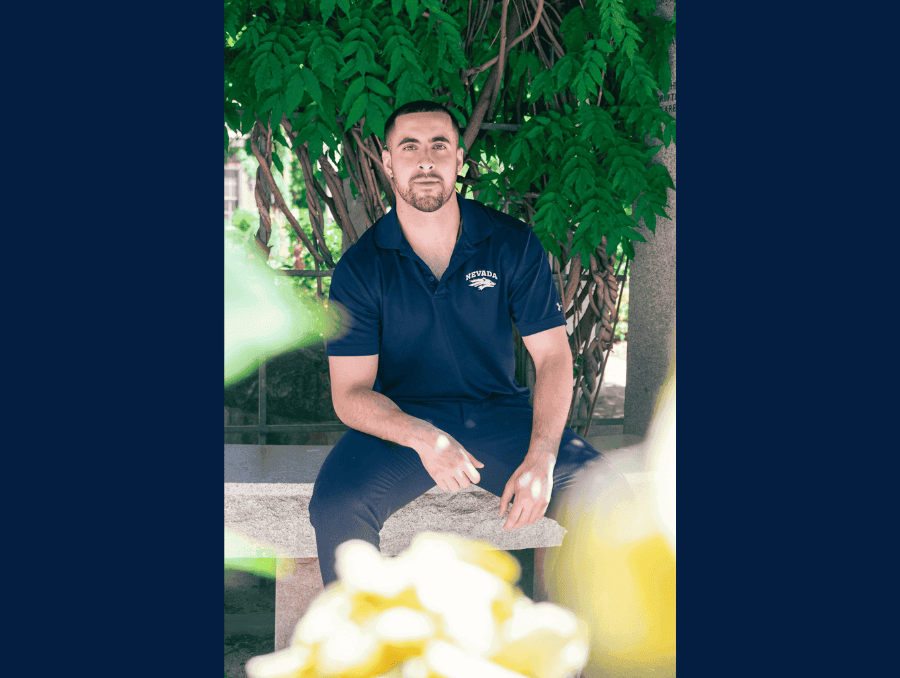
Bolino, who served as lead author on the study, conducted lab experiments comparing how the two proteins affect gut microbes, work that builds on his doctoral research into how subtle molecular differences in food influence the gut microbiome.
“I’m incredibly grateful to have contributed to a study of this scale, working alongside such a multidisciplinary and international team of scientists,” Bolino said. “The experience not only deepened my scientific skills but also taught me the value of diverse perspectives.”
Methodology: Exploring protein-microbiome interactions
To understand how structural differences in whey protein might affect the body, the researchers conducted a three-part study: analyzing protein composition, examining the sugar structures attached to the proteins, and testing microbiome responses.
The team analyzed purified samples of store-bought cow’s milk whey protein and commercially available synthetic whey at the University’s Proteomics Center. They broke the proteins into smaller pieces and used mass spectrometry to identify them. This confirmed that while both samples were mostly β-lactoglobulin, the cow-derived whey contained a more diverse mix of proteins.
Next, the team collaborated with glycan chemistry experts in Turkey to study the sugar molecules attached to the proteins. Using advanced mass spectrometry, they found that yeast-derived proteins had fewer and structurally different glycans, which could affect how the body processes them.
Finally, to test how these proteins affect gut microbes, the researchers used a fecal fermentation model developed at the University. The lab-based system simulates human gut conditions by introducing proteins into cultured fecal samples representing different gut microbiomes. Across all samples, cow’s milk whey supported a more diverse and beneficial mix of gut bacteria, while the yeast-derived version led to lower microbial diversity.
“This research wasn’t about saying one protein is better than the other,” Frese said. “It was about understanding whether they are truly interchangeable. If we are going to introduce novel proteins into the food supply, we need to understand how they behave once they are in the body.”
Behind the breakthrough: multinational team and support
Other members of the research team from the University of Nevada, Reno included Juli Petereit with the University’s Nevada Bioinformatics Center and Chandler Zundel, a recent graduate of the Nutrition Sciences Program in the Department of Nutrition. International collaborators included Hatice Duman and Sercan Karav from the Department of Molecular Biology and Genetics at Çanakkale Onsekiz Mart University; Izzet Avci and Bekir Salih from the Department of Chemistry at Hacettepe University; and Hacı Mehmet Kayili from the Department of Biomedical Engineering at Karabuk University.
This research was funded by the National Institute of Food and Agriculture (NIFA) and the National Institute of General Medical Sciences (NIGMS) of the National Institutes of Health. Additional support came from the University of Nevada, Reno’s Department of Nutrition; College of Agriculture, Biotechnology & Natural Resources; Experimental Station; and Office of the Vice President for Research and Innovation.
